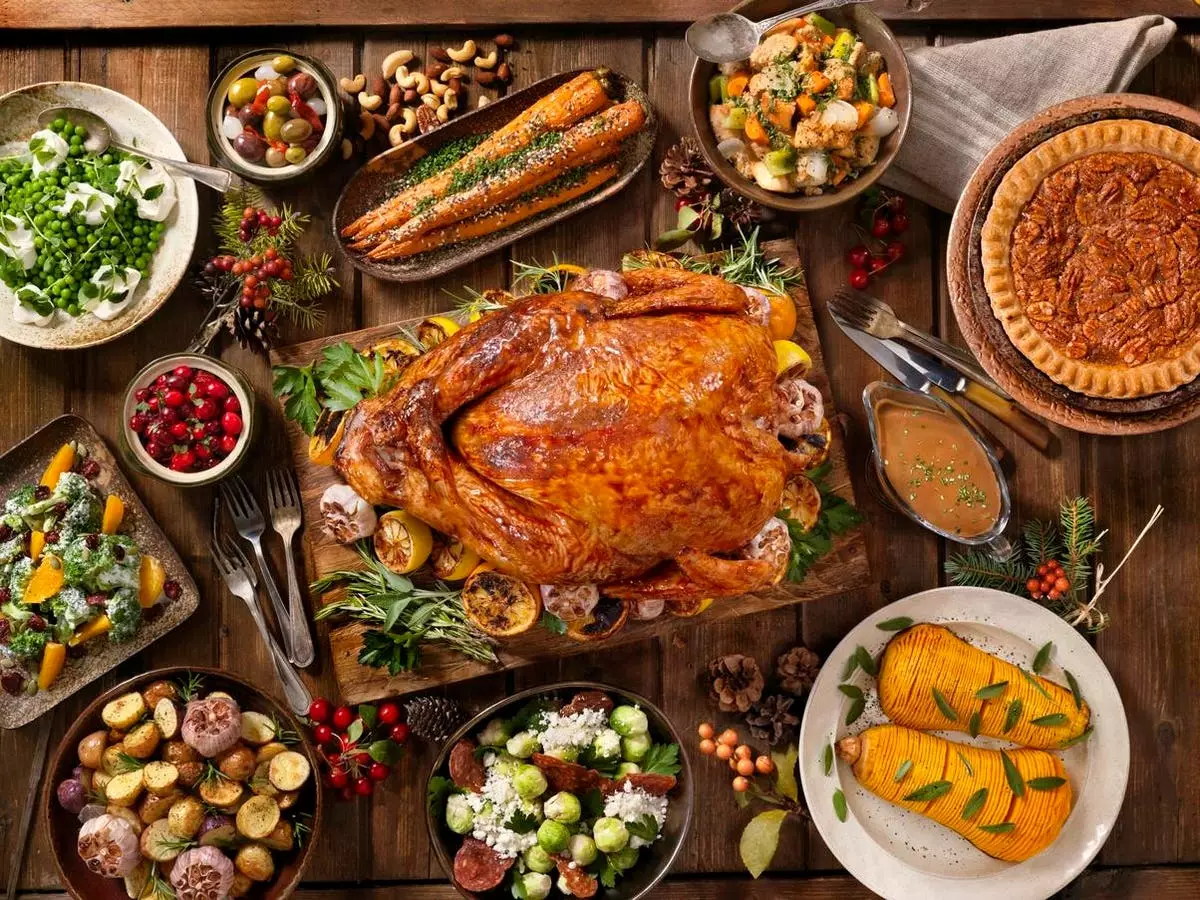As the culinary world continues to evolve, traditional views regarding food and beverage pairings are being challenged and redefined. Among these transformations is the burgeoning appreciation for sake, a classic Japanese beverage, outside the realm of Japanese cuisine. In recent years, non-Japanese restaurants—many with Michelin stars—have begun to incorporate sake into their offerings, aiming to enhance the dining experience across a variety of global cuisines. This article delves into the characteristics of sake that make it a versatile choice for food pairing and explores the recent trends driving its popularity.
Sake has historically been associated predominantly with Japanese meals, but this outdated notion is gradually changing. Notable establishments such as Per Se, Eleven Madison Park, and Blue Hill At Stone Barns have recognized this potential, integrating sake into their drink menus and experimenting with food pairings that transcend cultural lines. Chris Johnson, a respected sake educator, outlines this shift, remarking on the increased sales of sake in the U.S. as diners broaden their horizons to include this rice-based beverage with non-Japanese fare. The increasing recognition of sake’s flexibility promises a fruitful exploration for culinary enthusiasts and casual diners alike.
The last decade has seen staggering growth in sake imports to the U.S., with a reported 240% increase from 2012 to 2022. What lies behind this impressive statistic? One contributing factor is the realization that sake, with its lower acidity compared to wine, can be a more forgiving option for food pairings. This versatility allows particularly discerning diners to explore a wider array of flavor combinations without the concern of clashing tastes—a common challenge with wine.
One of the unique aspects that sets sake apart from wine is its inherent umami flavor. While wine typically derives its complexity from grape varietals and fermentation processes, sake’s core ingredients—rice, water, yeast, and koji—bring umami to the forefront. The koji mold acts as a catalyst in the fermentation process, converting starches into sugars which, in turn, enrich the sake with a distinctive savory quality that harmonizes beautifully with diverse dishes.
For instance, as Masaaki Saito, a prominent brewmaster from Hiraizumi Honpo Brewery, demonstrates, sake can enhance various culinary flavors through its umami profile. Saito suggests pairing meatballs in tomato sauce with his sake, citing how the complementary acidity and umami characteristics of both enhance each other, creating a more cohesive dining experience. The ability of sake to bridge flavor profiles not found in wine makes it a coveted choice for innovative chefs and home cooks alike, elevating meals that range from casual comfort food to exquisite fine dining.
A Balanced Approach: Pairing Ideas and Recommendations
Finding the right sake to accompany diverse meals can be an enjoyable adventure. Johnson notes that a foundational starting point for pairing is to seek out Yamahai Junmai sake, known for its rich umami. The “pure rice” designation of Junmai signifies a traditional brewing process that is often richer and denser in flavor, allowing seamless integration with dishes ranging from roast meats to creamy cheeses.
Equally important is the consideration of texture and preparation styles. For example, no one expects fried chicken to be paired with something like Junmai, but Johnson proposes a refreshing sparkling sake or Ginjo—both lighter in body—as excellent complements due to their crispness, which can cut through the dish’s oiliness. Additionally, he highlights the delightful contrasts found in pairing spicier cuisines, such as Mexican dishes, with sweeter, cloudier Nigori sake, which serves to mellow the heat while enhancing the overall experience.
Retailers across the U.S. are now providing access to high-quality sake, making it easier than ever for consumers to experiment with diverse pairings. Establishments such as Sakaya, Bin Bin Sake, and Astor Wines & Spirits have become go-to spots for sake enthusiasts, helping to educate patrons about this often-underappreciated beverage.
With its intricate flavors and growing presence in high-end culinary settings, sake is on a trajectory of acclaim that extends beyond the traditional confines of Japanese restaurants. As global consumers continue to awaken to the multidimensional possibilities that sake offers, the demand for its inclusion will likely keep rising. Nakajima, an advocate for expanding the reach of sake, warns that this treasured tradition should be appreciated and embraced worldwide; otherwise, its essence might fade away. By exploring new pairing concepts and showcasing sake’s remarkable versatility, we can ensure that this delightful drink receives the recognition it so richly deserves.


Leave a Reply